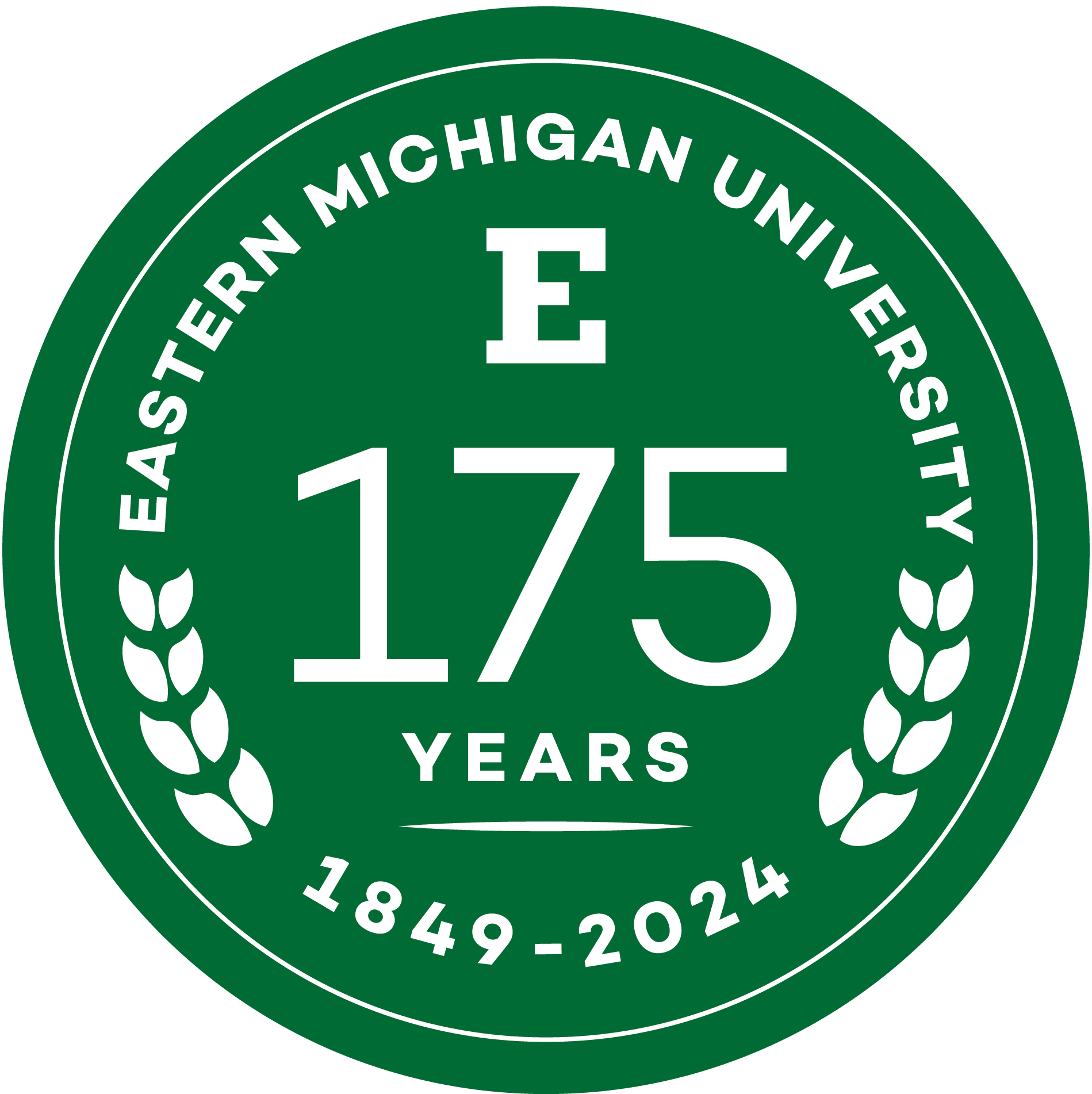Alumnus Dr. Mark Sadzikowski shares thoughts and typical day fighting COVID-19
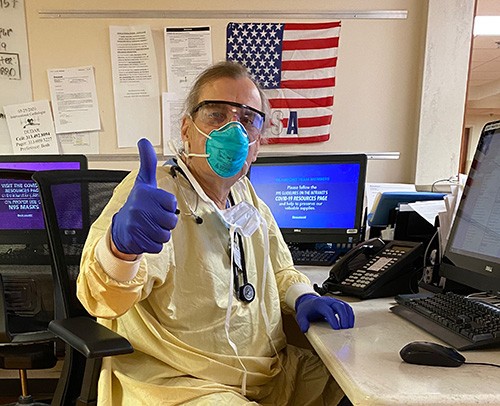
The entire world is experiencing a new normal due to the COVID-19 pandemic, especially those in the health-care field.
Each day presents a new set of challenges and opportunities, and for Eastern Michigan University alumnus Mark Sadzikowski (BS74), it has completely changed the landscape of his work.
Sadzikowski started his journey at Eastern, where he got a degree in Aquatic Biology. Following graduation, Sadzikowski attended Virginia Polytechnic Institute & State University, where he received a Master of Science degree in Anaerobic Bacteriology. In 1977, he returned to Michigan to become a medical doctor, earning a degree from Wayne State University. Since then, Mark has practiced medicine on all seven continents over the course of his 35-year career.
In his 25 years as an emergency medicine physician at Beaumont Hospital in Grosse Pointe, he says he has never experienced anything like this.
“The parking lot is no longer a parking lot,” Sadzikowski said. “It has been converted into an outside triage area where patients are screened by nurses, physician’s assistants, and technicians.”
Sadzikowski says he believes his hospital saw traces of COVID-19 as early as January. Patients were showing flu-like symptoms, although they tested negative for the seasonal flu virus.
“We started seeing the virus back in January, but nobody knew it was COVID-19,” he explained. “Later on, testing and research solidified that the COVID-19 pandemic made it here.”
Sadzikowski says his treatment options for this disease in the ER are currently limited and provide limited results. Only patients who are exhibiting severe signs of the virus are admitted for treatment, while the rest must be sent home, because of a lack of space. This grim reality is what many healthcare professionals around the world are facing.
“This has changed my whole work environment,” Sadzikowski said. “We are constantly changing out our PPE throughout the day, and my hands are raw from washing them so frequently!”
With all of the changes, the current day in the life of a ER physician is anything but normal. Sadzikowski documented those changes, providing an inside look at the COVID-19 crisis from a local hospital’s perspective.
“Our world has changed for both the short and long term,” Sadzikowski said. “I hope people take social distancing seriously. Maybe we will be better, kinder, and gentler after this.”
A new but typical work day for Mark Sadzikowski
6 a.m. Wake up, one hour of exercise.
7 a.m. Breakfast! Time to check temperature and pulse. It is protocol to sign into the Beaumont app and certify that there are no COVID-19 symptoms present. Hopefully it remains that way throughout the day.
8 a.m. On the way into work, I listen to medical podcasts, hoping there are new developments in the treatment of COVID-19.
9 a.m. Security check and one more check in via the Beaumont App. Only patients and staff are permitted in the hospital. I talk to fellow physicians, as the hospital protocols can change daily. We go over yesterday’s admissions and discuss how to improve treatment processes. I change into my personal protection equipment (PPE), isolation gown, hat, N-95 mask, and eye shield. This PPE is very warm, and we often get dehydrated throughout the day.
10 a.m. Shift starts. The first 10 minutes are spent cleaning and disinfecting the work area.
11 a.m. The first two patients arrive with a COVID-19 concern. Both are admitted, one into the ICU.
Noon: Eight out of 10 patients are COVID-19 concerns. This is a slower volume than usual, perhaps because people are staying safe and sequestered at home. We had a great lunch provided by another physician’s family, which was very much appreciated.
1 p.m. Currently treating five COVID-19 patients with a variety of additional medical concerns. This virus is causing underlying medical problems to get out of control.
3 p.m. Another COVID-19 patient was admitted to the ICU and intubated.
4 p.m. More COVID-19 patients arrived, another had to be intubated and placed on a ventilator.
5 p.m. A patient arrived with no symptoms, but was very anxious over COVID-19. We call this COVID anxiety syndrome (CAS).
6 p.m. We start cleaning up and finish notes.
7 p.m. Shift ended. We are required to shower and change clothes and shoes before going home.
More Stories
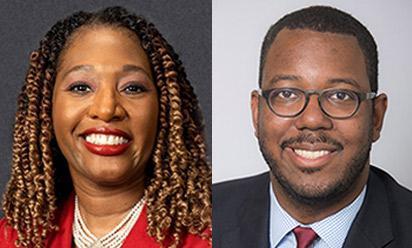
Gov. Whitmer appoints two new members to the Eastern Michigan University Board of Regents.
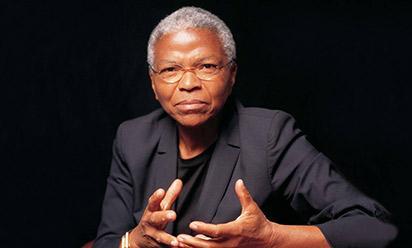
Renowned author, activist, and historian Mary Frances Berry to keynote Eastern Michigan University’s 39th Annual MLK President’s Luncheon.

Eastern Michigan University’s “Enlighten U” podcast shares insight on grief, loss, and healing.
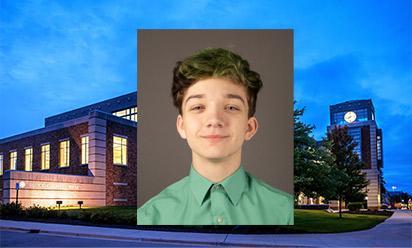
Eastern Michigan University names Ethan Villa 2024 Presidential Scholar.
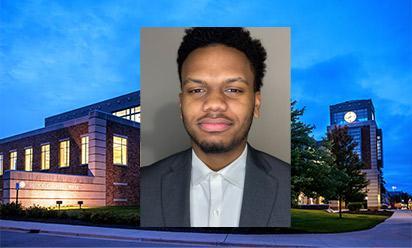
Eastern Michigan University names Trevor Peterson Jr. 2024 Presidential Scholar.

